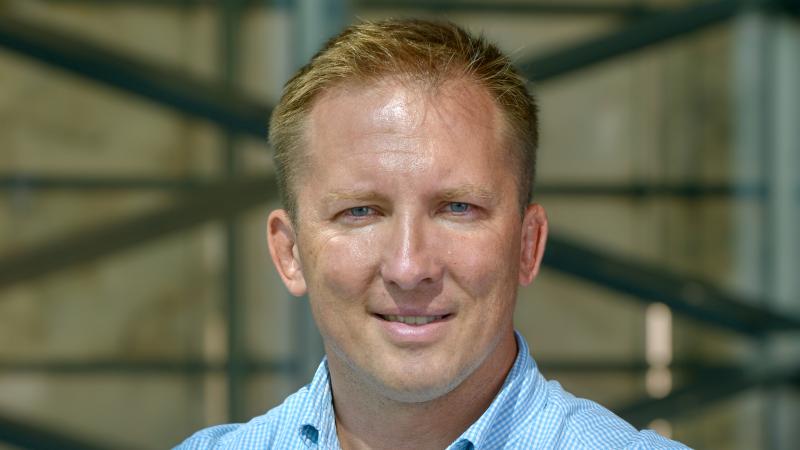By David Murphy
During KAUST visiting student Aljaz Bogataj's recent three-month fellowship at the University, Bogataj experienced the day-to-day workings of an active research environment and collaborated with a host of researchers as he considers a future career trajectory in either research or industry.
While at KAUST, Professor Ivan Viola guided his research centred on combining a computer graphics approach—physically based rendering—with neural network processes to improve the quality and speed of complex visualizations. Viola’s Nanovisualization research group (NANOVIS) seeks to develop next-generation computer graphics and technologies for visualizing life forms in all scales, from atoms to organisms.
As part of the NANOVIS group, Bogataj studied the use of machine learning techniques to detect COVID-19 spikes in cryo-electron tomograms.
“My experience at KAUST met all of my expectations,” he emphasized. “I was always able to ask for advice in my research group, work with powerful equipment and have interesting discussions about solving challenging research problems.”
After completing his B.A. degree in computer science and mathematics at the University of Ljubljana, Slovenia, he plans to continue his studies in his home country.
“I am among the lucky ones that have access to quality education in my home country. In the near future, I will enroll in a computer science and mathematics master program in Slovenia.”
“I will remember my time at KAUST with great fondness: the highlight being my travels and getting to visit AlUla, the Al-Waba crater, Taif, Yanbu, Jeddah and of course, Thuwal and King Abdullah Economic City,” he concluded.
